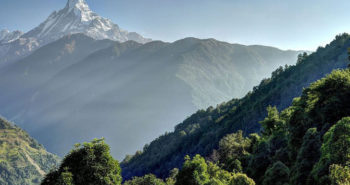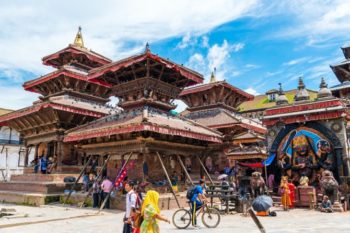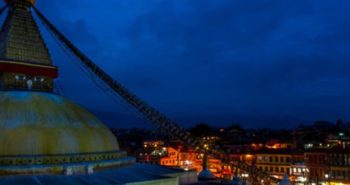Necessary Permits Required For Kanchenjunga Trek
Kanchenjunga is the third highest mountain in the world after Everest and K2. It is, therefore, the second highest mountain in Nepal and shares the border with Tibet and Sikkim (India).
Facilities
This trek has just recently opened up as a teahouse trek. This means you no longer have to bring your own tent and food, there is, mainly very basic, accommodation along the way. Check food and accommodation.
I trekked the Kanchenjunga circuit from north to south in May 2016. Some people recommend trekking south to north, but I prefer north to south.
Controlled Area
Kanchenjunga is a restricted area, under the controlled tourism policy. What this means is you need a special permit to enter this area. It also means that throughout the trek you must be accompanied by a registered trek guide.
This is not a bad thing it means the area remains less touristy and walking with a guide is always best, from the safety point of view and from the cultural & local knowledge aspect.
You don’t need to worry about how to obtain the permit, your agency will do it all for you, but it never hurts to know what is going on. So see below!
Kanchenjunga Trek Necessary Permit
You will need:
- A Kanchenjunga Conservation Area Project Entry Permit (KCAP), and a
- Restricted Area Entry Permit for the trail in Tapethok and Yamphuding VDCs.
Kanchenjunga Trek Permit Cost
- Kanchenjunga Conservation Area Project Entry Permit (KCAP) Nrs 2,000 per person. There is no time limitation for the permit.
- Kanchenjunga Restricted Area Permit (RAP) USD 10 per person, per week.
Kanchenjunga Trek RAP Requirements
This permit must be processed through a valid local travel agency registered in Nepal. You will need a minimum of two trekkers in a group to obtain the permit.
You will need:
- Valid passport with at least six months remaining validity and a valid Nepal visa extending past the expiry date of your RAP.
- On the agencies letter headed paper you need to supply details of
- Application
- Itinerary
- Insurance details for guide
- Online submission id (as provided by agency)
- Details of dollars
- E-copy of passport-sized photo



4 Comments
December 23, 2018 at 12:00 am
Is that one guide per trekker or one guide per group?
December 23, 2018 at 7:57 am
One guide per group only, not one guide per trekker. Also, no limitation for number of trekkers in a group. Hope this help, feel free to ask any questions that you may have regarding Kanchenjunga Trek.
January 24, 2019 at 9:30 am
Hi there, regarding the RAP application requirements, what does ‘Insurance details for guide’ mean, he must have his own insurance?
January 25, 2019 at 2:18 am
Hi Paul,
Yes, guides need to have them covered by an insurance policy during the trek period. In MagicalNepal we provide this insurance to our guides and porters.
Regards Pradeep,